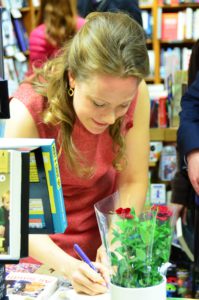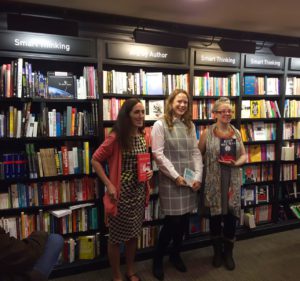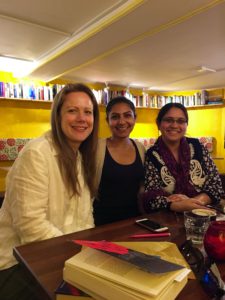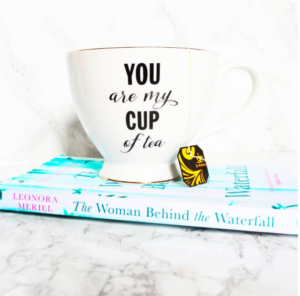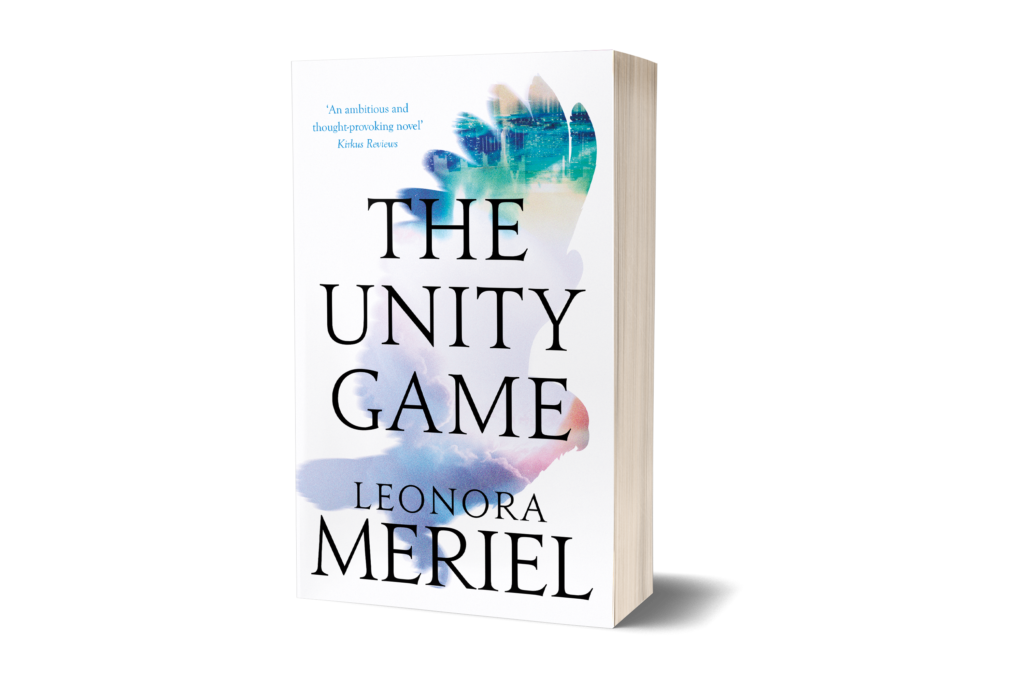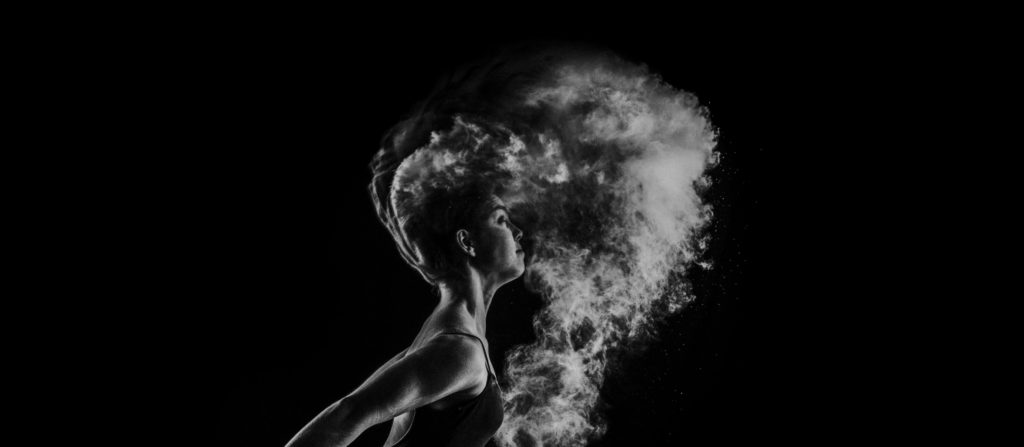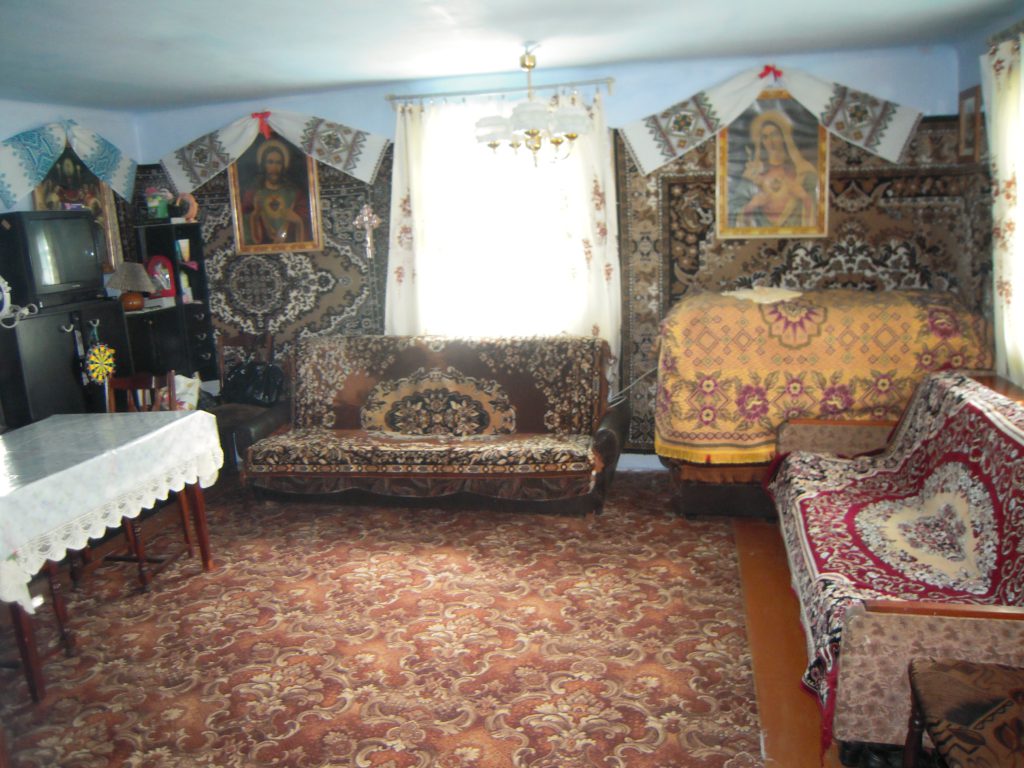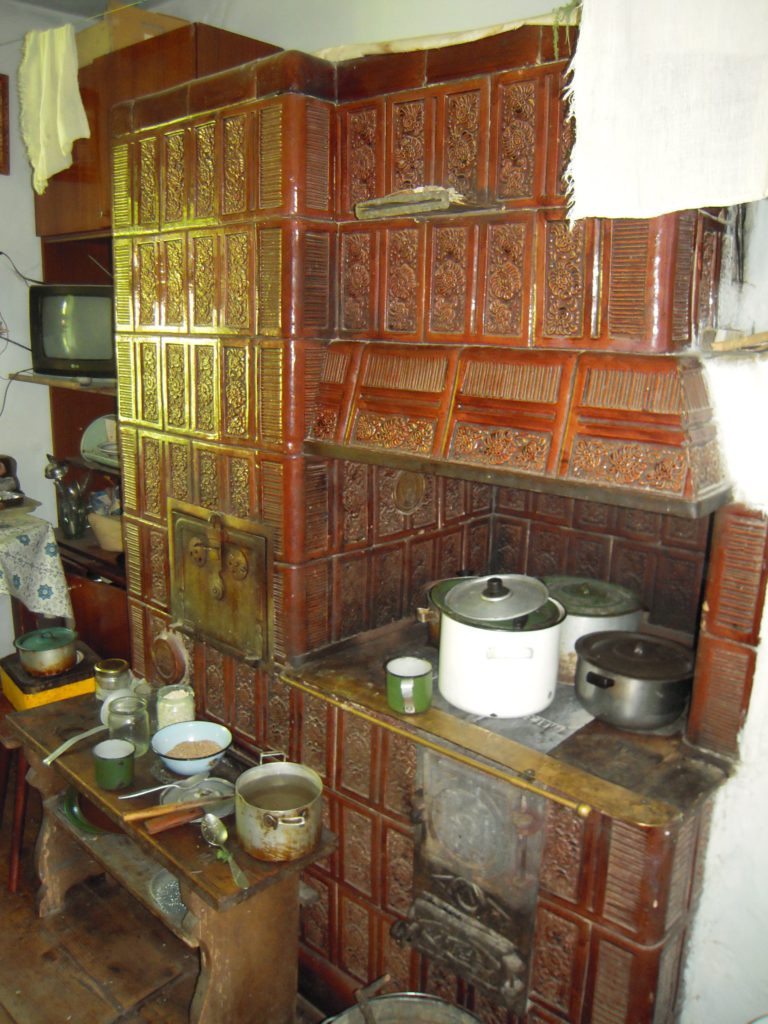Inner peace
As I prepare to release my third novel, it feels like the world is a strange and dark place. After two years of the Covid pandemic that transformed lives and spread fear throughout the world, there is now a brutal war taking place in Ukraine – the country where I lived for many years, and whose culture I chose to write about for my first novel, The Woman Behind the Waterfall.

Why is nothing changing?
The horror of the war in Ukraine is showing off the darkest side of humanity for all the world to see, in real time. It’s a traumatic experience for everyone, let alone those with family or connections to the region. Humans have been working to become more peaceful and constructive for decades… and yet it feels as if we are back to square one. Humans destroying humans for money, for power, for land – out of fear, the desire to control, the desire to take. It’s terrifying to think that we have not moved on.

The Millennium Assembly
In the year 2000, the United Nations held the Millennium Assembly, where almost all the leaders of the world gathered to discuss what kind of world they wanted to rule over. I was lucky enough to be present at that meeting, as I was working at my first job in New York at UNESCO, and I’d impressed my boss enough for her to give me a free pass to attend the Assembly in between my projects. So there I was… with every leader of the world… wondering around the giant cereal box of the UN Headquarters. I found myself standing behind kings and queens (or that’s what they looked like!) in the cafeteria lunch queue. I sat in presentations and meetings. I elbowed my way through delegations. I listened to speeches by President Bill Clinton, first lady Hillary and Kofi Anan, the much loved Secretary General.
Of all the speeches I heard, however, there was one that passed me by. Twenty years later, when I was writing my third novel, I came upon a speech made at the Millennium Assembly by S. N. Goenka, the man who brought the ancient tradition of Vipassana meditation to the wider world. (He also, by the way, fulfilled a prophesy by bringing it back to the land of India from Burma, where it had been kept safe and secret since the days of the Buddha… but that’s not central to the story).

There is a change
S. N. Goenka was all about peace. His mission was to alleviate human suffering by getting us all to mediate. And the speech he made at the Millenium Assembly is one of my favourite speeches of all time.
There will never be peace, he says, until there is peace in the hearts of the people of the Earth. Until we become responsible for our own inner peace, and carry that within us, then we will continue with the cycles of suffering, misunderstanding and conflict that we have been repeating for centuries.
It’s impossible to deny.
Until the people of Earth have peace in their hearts and approach each other with peace, then we will not escape these cycles of violence, fear and hatred.

Join the change
That was 20 years ago, and since then, in the face of climate catastrophe and planetary connection, there are many organisations and individuals who are establishing paths for better solutions and initiatives that focus on personal change. The Alef Trust, for example, trains people in consciousness and spiritual psychology. Their report Nurturing the Fields of Change explored how facilitators worldwide are helping groups of people to become more conscious, more peaceful, more aware.

And Breathe
My third novel, And Breathe, is set on a Vipassana course, and features S. N. Goenka, whose videos form part of the instruction. In fact, he is a character in the book, as an imagined teacher of one of the protagonists, who looks to him for guidance. It was only in a late draft of the novel that I realised that his speech that I had researched, was made in a time and a place that I was present at. I could have passed him in a corridor. I could have stood behind him in the UN cafeteria. Maybe I overheard him saying something and it went into my subconsious, to be dug out twenty years later. It’s a little indulgent to imagine, but I’m a writer, so I’m allowed.

Tomorrow
The Covid pandemic and the war can leave us feeling bleak. But there are such upsides, much discussed among friends. The community and care that Covid inspired. The courage and unity and resilience of the Ukrainian people which stands out as the best of humanity. And the understanding that something has to change.
Things are already changing, and, I believe, for the better.
But the future, as S. N. Goenka has told us, is in carrying that peace in our own hearts.
Let’s meditate.









